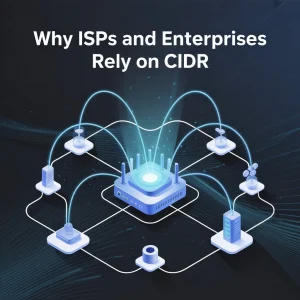Internet governance is a multifaceted concept that encompasses the development and application of shared principles, norms, rules, decision-making procedures, and programs that shape the evolution and use of the Internet. This governance is crucial because it ensures that the internet remains stable, and secure, and serves the global community’s collective best interests. This article will delve into the various aspects of Internet governance, its importance, and the challenges it faces.
What is Internet Governance?
Internet governance refers to the processes and mechanisms that impact how the Internet is managed. The Internet is a globally distributed network comprising many voluntarily interconnected autonomous networks. It operates without a central governing body and consists of complex layers of infrastructure, standards, policies, technology, and content. Governance, therefore, involves both technical operations and public policy issues and requires a cooperative approach among stakeholders across borders.
Key Stakeholders in Internet Governance
The governance of the Internet involves a wide array of stakeholders: governments, private sector entities, civil society, and international organizations. Each plays a crucial role in shaping the policies that govern the internet. For instance, governments may focus on issues like cybersecurity and law enforcement, whereas civil society groups may prioritize human rights and freedom of expression. Meanwhile, the private sector often handles the technical and operational aspects of the internet infrastructure.
Main Areas of Focus
Internet governance covers several key areas:
- Cybersecurity and Safety: Ensuring the safety of internet infrastructure and the users who depend on it.
- Data Protection and Privacy: Implementing policies to protect data privacy as internet usage increases.
- Digital Access and Inclusion: Promoting equitable access to the internet, particularly in underserved or rural areas.
- Technical Standards: Developing and implementing technical standards that ensure network interoperability and stability.
- Resource Allocation: Managing critical resources like domain names and IP addresses.
Governance Frameworks and Bodies
Various organizations and frameworks contribute to Internet governance. The Internet Corporation for Assigned Names and Numbers (ICANN) is responsible for managing domain names and IP addresses. The Internet Governance Forum (IGF), set up by the United Nations, serves as a discussion platform for issues of Internet governance. The World Wide Web Consortium (W3C) develops protocols and guidelines that ensure the long-term growth of the Web.
Challenges in Internet Governance
One of the primary challenges of internet governance is the need for a balanced approach that considers diverse global perspectives. Issues such as censorship, the digital divide, and data sovereignty complicate consensus-building. Additionally, the rapid evolution of technology often outpaces the ability of governance structures to adapt, creating gaps in regulations.
Another challenge is ensuring that governance structures themselves do not become tools for power consolidation by a few dominant stakeholders, thus maintaining the internet’s foundational principle of decentralization.
The Path Forward
As the internet continues to grow and evolve, effective governance will require continued collaboration and open dialogue among all stakeholders. It is essential to foster an inclusive environment where every voice, from government to the individual user, can contribute to the decision-making process. This approach will help address the current challenges and pave the way for a resilient and equitable internet for future generations.
By embracing a comprehensive and cooperative framework, internet governance can adapt to emerging challenges and ensure that the internet continues to thrive as a global platform for innovation and communication.







Leave a Reply